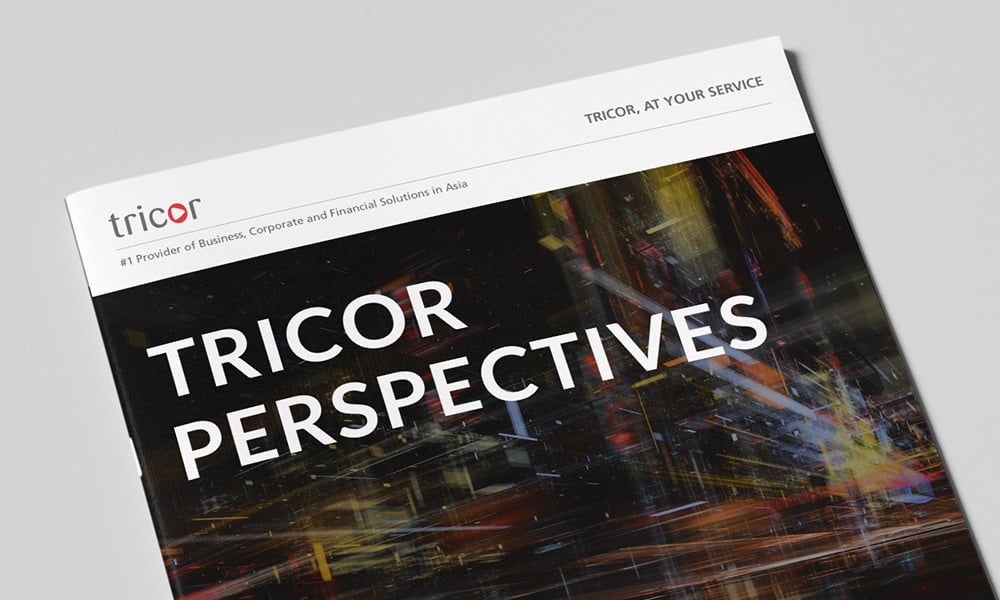Employees are a company's most important asset, yet employers often find embedding this mantra into the working culture a challenge. That's why a growing number of businesses are discovering that Employee Share/Stock Ownership Plans ("ESOPs") are a valuable means of transforming the relationship between company and employee.
ESOPs were first established in the US and are now the most widely used form of employee-ownership program. Momentum is also building in Hong Kong, where people are becoming more familiar with the idea of share ownership and stock-market growth provides a broader range of stock opportunities.
The logic of an ESOP is self-evident: to create a benefit-sharing system that rewards a firm's core team and promotes the company's sustainable development. When employees hold shares, a portion of their income is intrinsically linked to the company's returns. This creates a ready-made performance incentive that, it can be argued, transcends any of the more complicated modern employee-engagement schemes, and encourages staff to think actively about long-term policies to grow the business.
Financial and Workplace Benefits
Many companies have found that the benefits of ESOPs are cultural as well as financial.
In the 1990s, Jack Stack, the founder of Springfield Manufacturing in the US, wrote an influential book called The Great Game of Business that proposed the concept of "open-book management". In essence, his idea was that the more employees understand a company's business in detail, the more engaged they become, and the more they will think about how to improve performance.
The companies that followed Stack's recommendations found that their working cultures changed significantly. A high level of trust developed between employees and senior management, to the point that employees helped make decisions on the company's operations and policies.
If they have the right to contribute to decisions, they should also have the right to own shares.
A Win-Win Scenario
There are many ways to motivate employees with equity. The traditional method of granting share options is the simplest. However, it lacks flexibility, and even if employees enjoy a lower option-exercise price than the market price, they still need to invest in a subscription.
ESOPs, on the other hand, are a direct contribution from a company, which can calibrate programs according to its current situation, making them more flexible. Businesses can also choose to have ESOPs administered by independent trustees with their own strict management system.
Not only do employees benefit financially from the company's performance and feel more engaged, research suggests that companies benefit, too.
The Anatomy of an ESOP
In many ways, they are similar to a profit-sharing scheme. A company establishes a trust fund containing either new shares or money to buy existing shares. Some companies borrow the money to buy the stock and contribute to the ESOP to generate the returns to repay the loans.
Employees obtain the shares either by purchasing them directly or receiving them as a bonus (or stock options). They can also be used in combination with employee savings plans, in which the company matches staff savings with shares rather than cash. In the majority of cases, ESOPs are a contribution from the company, not an employee purchase.
ESOPs: The Hong Kong Experience
In Hong Kong, ESOPs have become popular in recent years. More and more companies listing in Hong Kong, especially those from the mainland, have launched ESOPs before or after their IPOs. Typically, ESOPs are structured with "cliffs" that limit the exercising of share options among newer employees. The key features of ESOPs in Hong Kong are:
- In the first year of employment, options cannot be exercised
- In the second year, staff are entitled to 50% of the attributable stock
- The remaining half is accessed in the third year
- Hong Kong levies no tax on the grant/vesting of stock option plans
- Salaries tax does apply when the options are exercised
- Employer and employee are both required to report the amounts to the Inland Revenue Department
Get the Foundations Right
Building an ESOP is akin to planning a construction project, requiring the participation of experts from different sectors, such as architects, engineers, and surveyors. An ESOP requires input from three areas of expertise: law, taxation, and trust.
Legal experts are needed to provide appropriate structures when designing plans, including company law, contract law, labor law, and post-listing securities transactions.
As for taxation, many companies in Hong Kong are listed both on the HKEX and overseas. Therefore, multinational companies will need to manage a complex web of tax calculations because employees from different countries are subject to different systems.
Finally, the establishment of the trust must be carefully reviewed: implementation details, including the start-up time, the number of reserved shares, the incentive method, the best allocation method, the selection of incentive objects, and when the shares can be sold.
In the past, some companies that have not given enough consideration to these three areas – using lawyers unfamiliar with trust laws or accountants and tax consultants who did not fully understand various taxation systems – had to waste considerable resources correcting the problems in the contracts later on. Therefore, the initial establishment of an ESOP is a critical stage that must be performed correctly.
The Digitization of ESOPs
Given the need to conduct extensive consultations in setting up and managing ESOPs, the process can involve a large amount of paperwork. In recent years, with the help of various digital tools, the situation has improved. Common Reporting Standard (CRS), Foreign Account Tax Compliance Act (FATCA), Know-Your-Customer (KYC) due diligence and other internationally accepted financial and tax regulations can be reported online, and participating employees can track their ESOPs through web platforms, saving time and paper.
The Benefits of Engaged Employees
A well-designed and structured ESOP can be an effective way of improving employee buy-in, which ultimately enhances the workplace culture and offers performance improvements to the business as a whole. The advent of online reporting also means that the day-to-day user experience also improves, which further underpins employee engagement.







